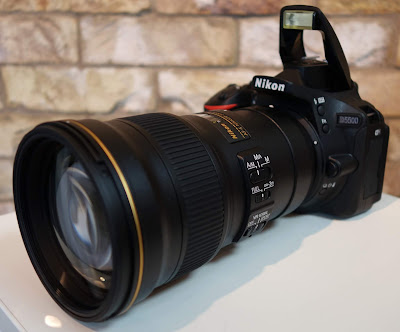A night-time picture shoot frequently presents a hassle or ,
in particular when consisting of an element of hobby in the background such as
architecture. In maximum instances a tripod or a few other technique of
stabilizing the digital camera may be important due to the sluggish shutter
speeds used with low-light images. but in spite of a tripod, our challenge
desires to remain particularly statuesque to save you blurring. if you've ever
tried snap shots at night, you'll realize that obtaining smooth sharp
photographs is sort of not possible whilst there is any form of movement, VolgoPoint used camera.
We frequently become turning on our flash to get around this
trouble. however this leads us into some other hassle. using frontal flash at
night will clearly capture your concern, but everything it is outdoor of your
flash variety, the whole thing in the historical past will disappear into
blackness. The ensuing shot may be clearly your vivid difficulty, in a sea of
blackness.
So in low mild, how can we include the difficulty AND the
history?
the solution is sluggish-sync flash.
it's a quite simple idea that combines long exposure with
flash pictures. There are two styles of slow-sync flash available to us, and
they may every produce their very own precise results. the 2 kinds are
"the front curtain" or "rear curtain". either method can be
utilized in an environment where the whole lot is still with little difference
inside the final results, no longer forgetting that a tripod would nevertheless
be essential in most instances. but, in case you're trying to capture any kind
of movement inside the scene, it's crucial to select the technique in an effort
to provide you with the favored end result.
front-curtain: The flash is fired at the start of the shot -
proper while the shutter opens. The flash will remove darkness from the subject
and foreground, and the shutter will continue to be open for the remainder of
the shot - long enough to capture the whole thing else within the history.






